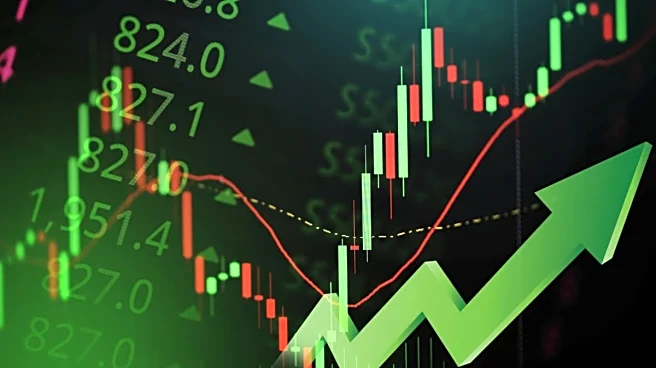This is the biggest divergence since 2021, when the Nifty outperformed the Sensex by 2.1%. Over the past decade, the Nifty has beaten the Sensex in six years, while the Sensex has outperformed in three years up to 2020 and again in 2022.
The Nifty’s broader composition is driving its outperformance this year. Stocks such as Eicher Motors, SBI Life Insurance, Hero MotoCorp, and JSW Steel —which are part of the Nifty but not the Sensex—have surged between 27% and 45% year-to-date, together commanding a 3.1% weight in the index. In contrast, laggards like Wipro and IndusInd Bank, also excluded from the Sensex, are down 20% and 23%, but account for just 1% of the Nifty’s weight.
Also Read: Nifty could test lifetime highs after 25,500, says Gautam Shah
If the current trend holds, 2025 would mark the third straight year of the Sensex lagging the Nifty.
Meanwhile, HSBC upgraded Indian equities to “overweight” on September 24, citing attractive valuations on a regional basis after recent underperformance. The move comes just eight months after the global investment bank had cut India to “neutral” in January, flagging slowing growth and stretched valuations that capped upside potential.
HSBC expects the Sensex to reach 85,130 by the end of 2025, implying an upside of 8.9% for the year. In comparison, Jefferies has pegged a year-end target of 26,600 for the Nifty50, projecting a 12.5% gain from 2024 levels.
Further, HSBC expects the Sensex to touch 94,000 by the end of 2026, implying a 16% upside from current levels. "While earnings growth expectations may soften slightly, valuations are no longer a concern. Government policy is turning supportive for equities, and most foreign funds remain lightly positioned," the bank said in an investor note dated September 24, 2025.
Also Read: DSP Mutual Fund launches India’s first Flexi Cap ETF



/images/ppid_59c68470-image-175868014963456760.webp)
/images/ppid_59c68470-image-175878265984979373.webp)
/images/ppid_59c68470-image-175877259857161309.webp)
/images/ppid_59c68470-image-175878023211780550.webp)
/images/ppid_59c68470-image-175877515505691315.webp)
/images/ppid_59c68470-image-175868764177746494.webp)
/images/ppid_59c68470-image-17585375306245128.webp)
/images/ppid_59c68470-image-175853502747789206.webp)
/images/ppid_59c68470-image-175859255779337531.webp)